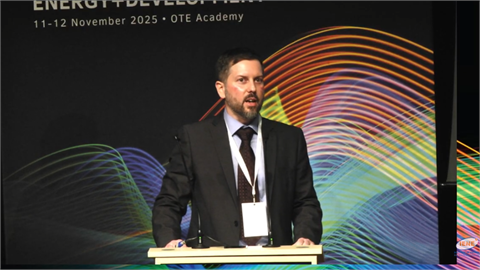As we enter the last quarter of the year the Institute is intensifying its efforts aimed at completing its flagship publication, the “SEE Europe Energy Outlook 2025/2026”. According to the revised schedule this major study will be completed by the end of October and released sometime in November, with the first official presentation likely to take place in Athens during the first week of December. Following that promotion plans for the “Outlook” include a number of roadshows in countries in SE Europe during the first six months of 2026. Detailed announcements on these forthcoming roadshows will be made in due course.
Estimated at 1400 pages length the forthcoming “Outlook” covers all areas of the broad energy sector. A significant part of the publication corresponds to the energy profiles of the 16 core countries and the 8 peripheral ones. These include Albania, Bosnia and Herzegovina, Bulgaria, Croatia, Cyprus, Greece, Hungary, Israel, Kosovo, Montenegro, North Macedonia, Romania, Serbia, Slovenia, Turkiye, and Moldova as core countries. While the peripheral countries comprise Austria, Azerbaijan, Egypt, Italy, Lebanon, Slovakia, Syria and Ukraine.
In addition to the country profiles the “Outlook” includes a copious introduction to the current energy situation of the region, highlighting the issues of concern but also the prospects which lie ahead. The “Regional Economic Outlook” chapter follows and two other chapters which focus on, “EU Energy and Environmental Policies and Regional Priorities” and the “Key Regional Energy Issues”. The “Outlook” includes several sectorial type chapters such as the ones on “Energy Security”, “Hydrocarbon Exploration and Production”, the “Oil Sector” which reviews downstream activities, “Natural Gas”, the “Electricity Sector”, “Nuclear Power”, “Renewable Energy Sources”, “Energy Efficiency” and a number of others covering special topics such as cogeneration, electric mobility, hydrogen and CCUS.
Of special interest is the chapter which examines the long term “Energy Demand and Supply” in the region. This is based on mathematical modelling and uses a scenario approach to look into the possibilities on how future energy demand will shape taking into account three different sets of assumptions.The scenarios also evolve around three distinct geographical and economic areas: West Balkans, the EU countries in the region, and Turkiyie.
Some 25 authors from almost all countries of the region and beyond have contributed input to the “Outlook” including country profiles and sectorial chapters. In addition 12 of the Institute’s associates have acted as peer reviewers providing valuable comments and observations.
Financial and technical support for the current “Outlook” project has come from several sources including a group of 20 companies active in energy and but also from the legal and financial services sector, including energy exchanges. These companies are leaders in their respective fields and come from Greece, Türkiye, Bulgaria and Romania. Without their financial input and overall help the “Outlook” project would not have materialised. The Institute is more than grateful for their continuous support and encouragement.




